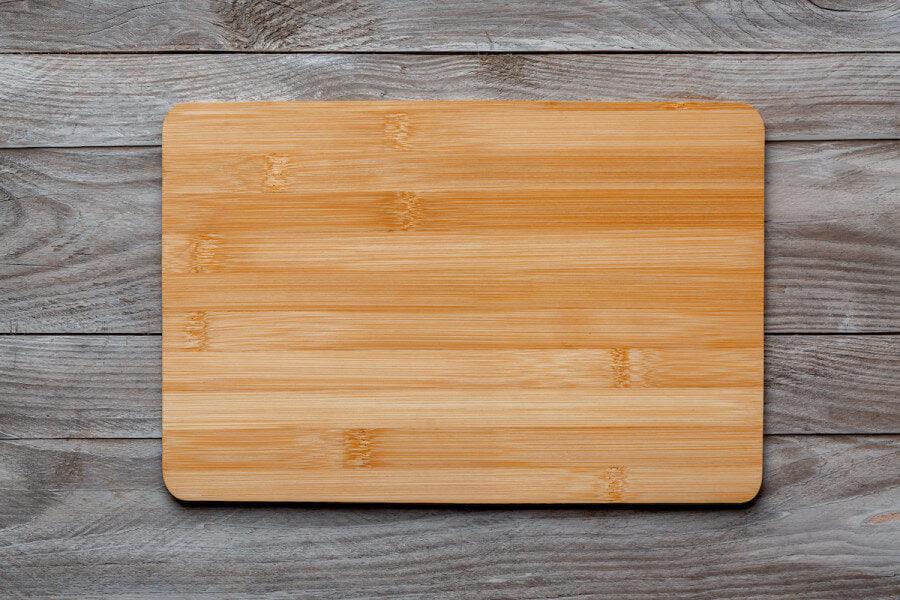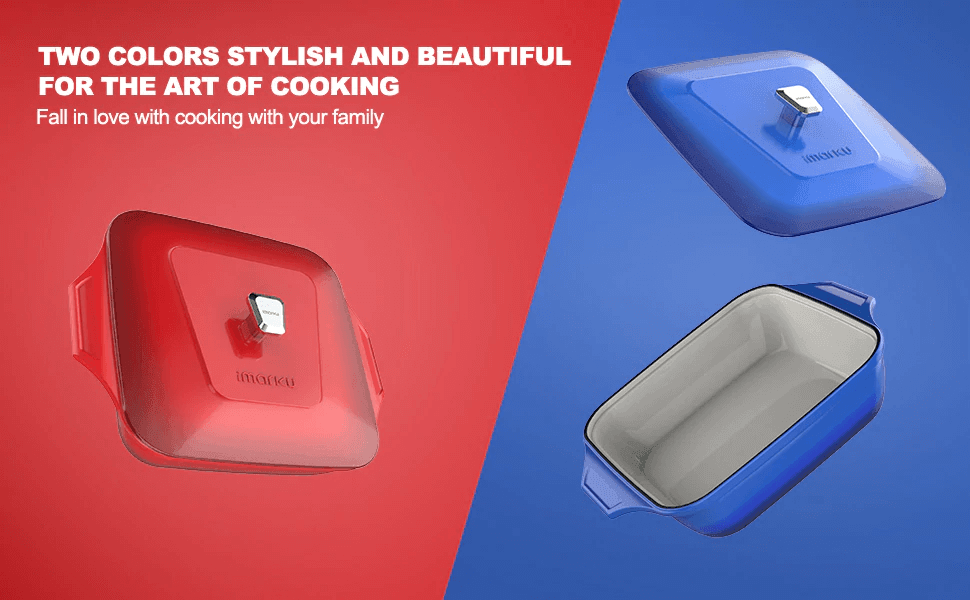TABLE OF CONTENTS
The single favorite kitchen tool for a chef is undoubtedly a good knife. However, a good knife can be nothing without a good cutting board. These boards are one of the most used kitchen tools that you will find in everyone's house. Of course, these boards will need TLC sometimes.
That way, they will provide you with great services for a long time. The best way to maintain them is by treating them with oil. As such, it will extend the lifespan of your board, and you will never have crack or warp on it. Continue reading the post to learn how to do it in the right way.
What's the Main Reason For Oiling A Chopping Board?
Just like your hair needs conditioning to keep it lustrous and shiny, the same goes with chopping boards. A conditioned chopping board becomes waterproof. As such, it doesn't absorb moisture, resulting in less odor from food.
Besides, a chopping board conditioned with oil protects it from bacteria. Also, it prevents the board from warping and splitting. Warping isn't good because the board would wobble whenever you work with it. Whereas splitting results in having little cracks on the board that harbor food junk and moisture.
Hence, the only preventive measure that you can take is periodically rubbing the wooden board with high-quality food-grade oils. When applied once or twice every month, it allows the board to last for many years to come. Chopping boards that don't receive proper oiling will become unsafe for use.
Furthermore, having some kind of protective layer on the board prevents any kind of liquid stains from getting stuck on the board's surface. Therefore, if you love enjoying a fresh beet salad or even sipping wine from the glass while cooking, oiling the board saves it from accidental spills and stains.
There is no denying that oiling your chopping board has many advantages. Hence, if you believe that these boards are just pieces of wood and don't need much attention, think again.

What Kind of Oil Can You Use?
Because wood is porous, you won't see it absorbing water or other kinds of spills. And, liquid build-up on wood leads to consequences. Wood that accommodates moisture tends to crack or warp. Besides, any kind of damp surface will become home to mold and bacteria.
Hence, you need to make sure that the board doesn't absorb water while maintaining the same. Moreover, anything that you put on the board might end up getting mixed with your food. So, be careful when cleaning and maintaining the board. Here is some kind of oil that is good for your board.
1. Fractionated coconut oil
When fat is removed from regular coconut oil, you get this special kind of oil. It is different from the other kinds of oil in retail stores. It is food safe and comes with a long, stable shelf life. The oil keeps the beard moisturized.
As such, it won't crack or absorb bacteria. Take a teaspoonful of the oil and spread it on the board's surface. Rub it for some time using your hand and allow it to sit for at least six hours.
2. Mineral oil
It is another great substance for maintaining your kitchen board. You will find many products labeled as mineral oil. But you should look out for the one that contains liquid paraffin. Besides, they are considered food-grade substances. They are easy to digest.
It is inert, shelf-stable, and doesn't have an odor. For best results, apply in small amounts and use a damp cloth. The wood takes around 2 to 4 hours to absorb the oil. Next, use a paper towel or cloth to wipe off anything that's not absorbed.
3. Beeswax
If you want your chopping board to look new always, treat it with beeswax. It's a natural substance that helps retain moisture in the wood and makes it shine. Moreover, it is water-resistant and food safe. However, wood finds it hard to absorb.
So, you have to combine it with either coconut or mineral oil. Apply the mixture in moderate amounts on the board and allow it to sit for 4 to 6 hours. Also, wipe off anything that's in excess.
How to Perfectly Oil a Chopping Board
Think twice if you believe that oiling chopping boards are complicated and time-consuming. Here are simple steps that you can follow. However, make sure that you have a dry, clean cutting board.
1. Pour an adequate amount of oil on the board
Start the process by pouring whatever kind of oil you have on the board's surface. Apply the oil one side at a time and be generous. You don't want to see all of it pooling up on one side of the board. So, add little by little and move on to the next step.
2. Rub it
Grab a paper towel or a piece of clean, soft cloth to rub the oils you have put on the chopping board. Make sure to rub onto the surface in a circular motion. That way, the board will absorb the oils better. Also, ensure that every inch of the board has received oiling.
3. Wipe away extra oil
When you are done rubbing the board, look out for areas that appear to be a bit oily from the rest. Allow about ten minutes before you inspect the board for excess oils. Now that you know, wipe them away. When you do that, it prevents the board from getting cracked because of accumulated liquid.
4. Repeat the steps
After completing one round of oiling, you may want to do another. Moreover, it is useful for both new and old boards. For the new ones, it helps them because they haven't received such treatment earlier. Repeating the steps is needed for boards that didn't receive proper oiling for several months.
5. Allow the board to sit overnight
When everything is done, and you are satisfied with the overall process of oiling the board, it is time for you to proceed with the last step. It involves putting the board on a dishrack, for example, and allowing it to sit overnight. But if you are in a hurry, at least wait for about three to four hours.
Keep in mind that the better would be the wood fibers if they soak up the oil for a longer time. However, never store your board until you are convinced that it is completely dry.
When to Oil Your Chopping Board? And How Frequently?
When it comes to oiling your chopping board, there is no definite timeframe that you should follow. In short, there is no magic formula through which you can find out when to condition your chopping board. The only way to know whether or not you need oiling the board is to have a good look.
When you take a good look at the board, you can find out its exact condition. As such, it will help you decide for yourself whether the time has arrived for the board's maintenance or have to wait for a couple of weeks to carry out the process.
However, if you notice grayish, dry, light-colored patches in the board's center, it is time. To lead a healthy life, you should maintain a clean lifestyle. And it includes everything in the house. Chopping boards should be kept clean, and daily maintenance with hot soapy water can do the trick.
Apart from that, you should give the boards proper oiling so that it prevents the surface from drying out. As said, there is no fixed time for oiling the boards. Some people do that once a month, some twice or thrice a year, whereas some others put oils on their chopping boards every week.
Despite that, if you are still looking for a magic formula to follow, do it eight times a year. But if you use the boards, you may need to oil them once every month. Because you use the board frequently, you need to wash them after use as well. As a result, you need more oiling.
Besides, the climate is another important aspect that you have to consider. Typically, the chopping boards need more oiling during the winter months. That's because your house will be dry, and you need to switch on the heater regularly.
When you notice that the board is splitting badly, maybe it's time for you to buy a new one. Moisture and food get trapped inside them and becomes a hub for bacteria and other harmful microorganisms.
Summary
There is no denying that keeping the board oiled will help it last for many years. While these boards require much effort and care, they are a great addition to your kitchen. Besides, your knives remain sharp as well.
However, use food-grade substances on the board when maintaining it because they will be in direct contact with food. Also, keep in mind not to use certain types of oil on the board. So, maintaining your chopping board is easy if you know how to do it in the right way.






















Leave a comment
All comments are moderated before being published.
This site is protected by hCaptcha and the hCaptcha Privacy Policy and Terms of Service apply.